Can I fly with confidence?
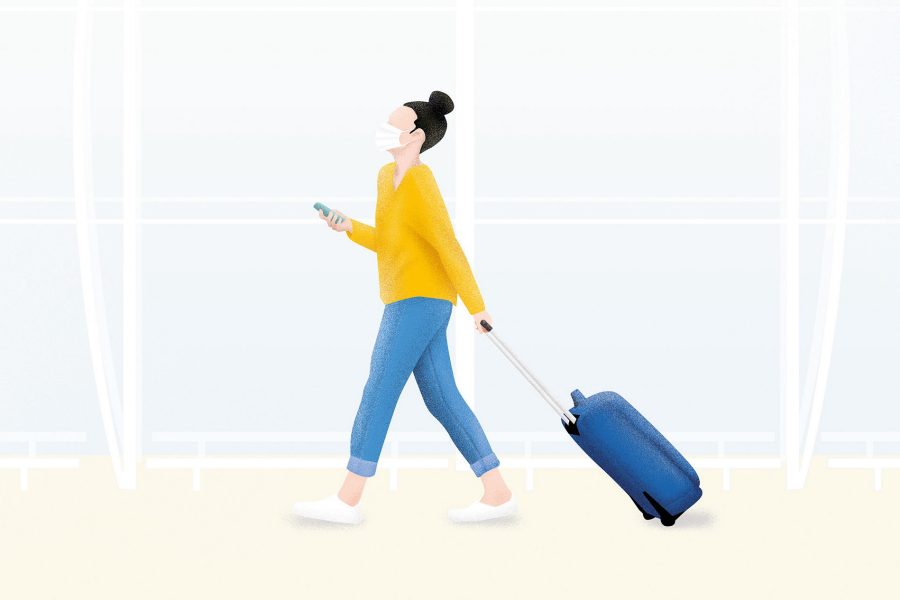
If you’re anything like us, you can’t wait to pack a bag, take to the skies and travel the world again. But understandably, you might have questions about how confidently you can fly right now. Cathay Pacific’s Head of Occupational Health Valni Haughton shares her views on the flight experience from airport to aircraft, and explains why you can fly with confidence.
In the airport
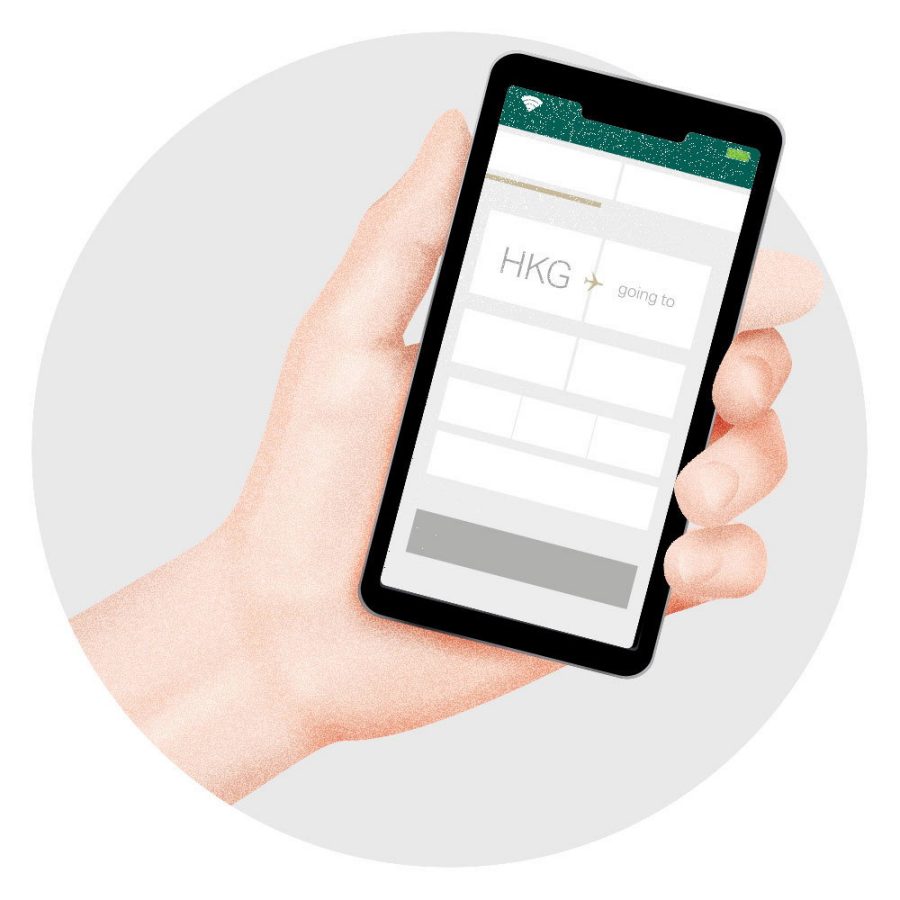
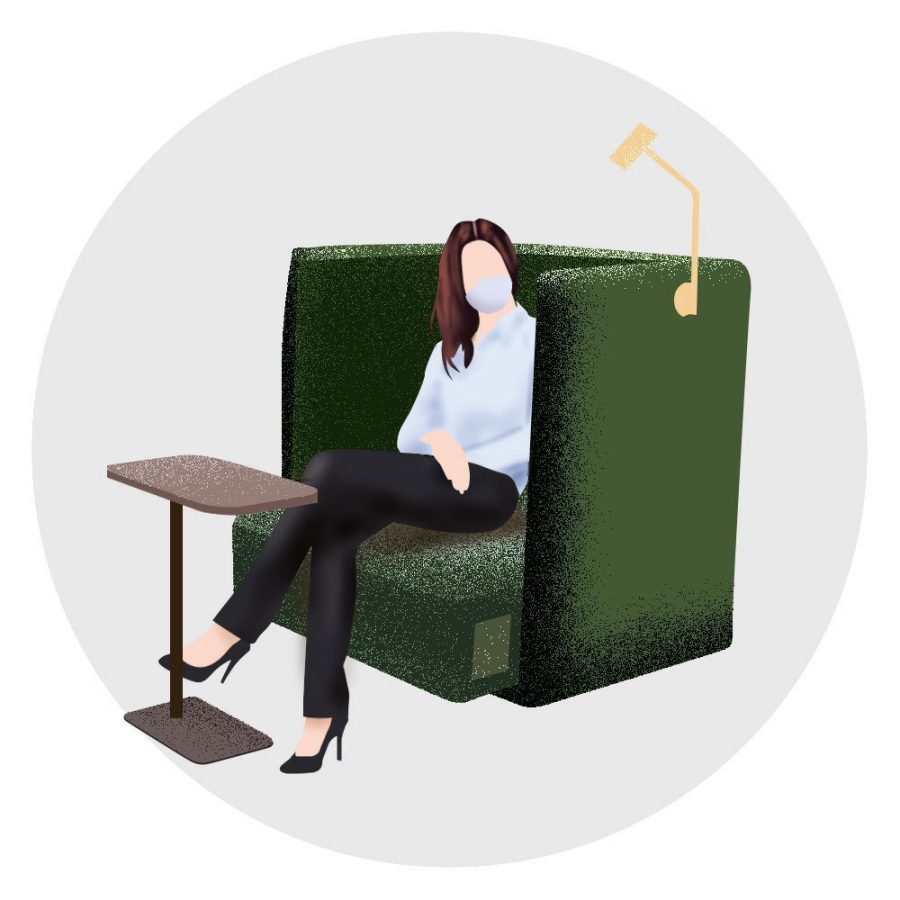
Are check-in and security secure places?
Airports are traditionally crowded places – but with a combination of extra measures and vigilance toward personal hygiene, potential risks can be greatly minimised,’ says Haughton.
At Hong Kong International Airport, measures include mandatory face masks for all airport employees and travellers, thorough temperature checks, health declaration forms, hand sanitiser stations, physical distancing practices and increased cleaning and sanitisation throughout. Later this year, biometric scanners will also be added to the boarding procedure to again reduce the need for human-to-human contact.
Reduce the time you’ll need to spend in queues by taking advantage of online self check-in tools. For example, check in online or via the Cathay Pacific mobile app, and use self-service baggage kiosks where possible.
Can I visit lounges?
Most of Cathay Pacific’s lounges are currently closed, with the exception of The Wing and The Pier at Hong Kong International Airport and the lounge in Shanghai Pudong. Extra protocols have been put in place at these two locations to safeguard guests, which include additional cleaning measures, temperature checks and a simplified meal service. All staff and guests will also be required to wear face masks at all times, except for when eating and drinking.
In the cabin
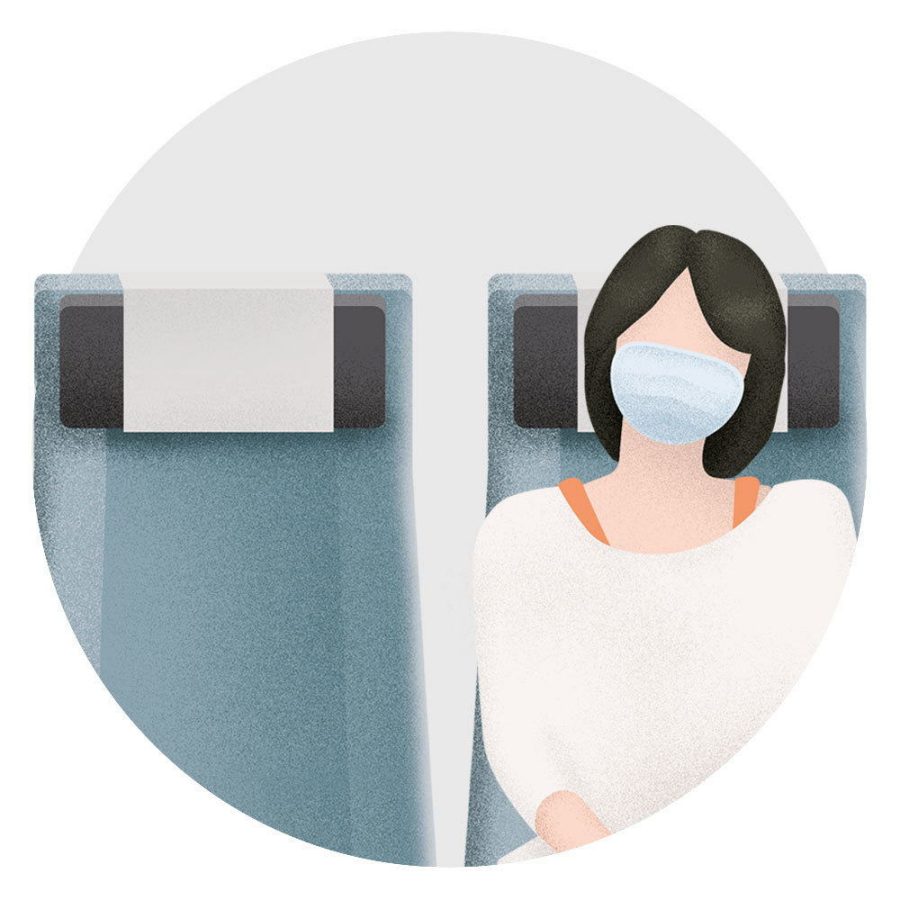
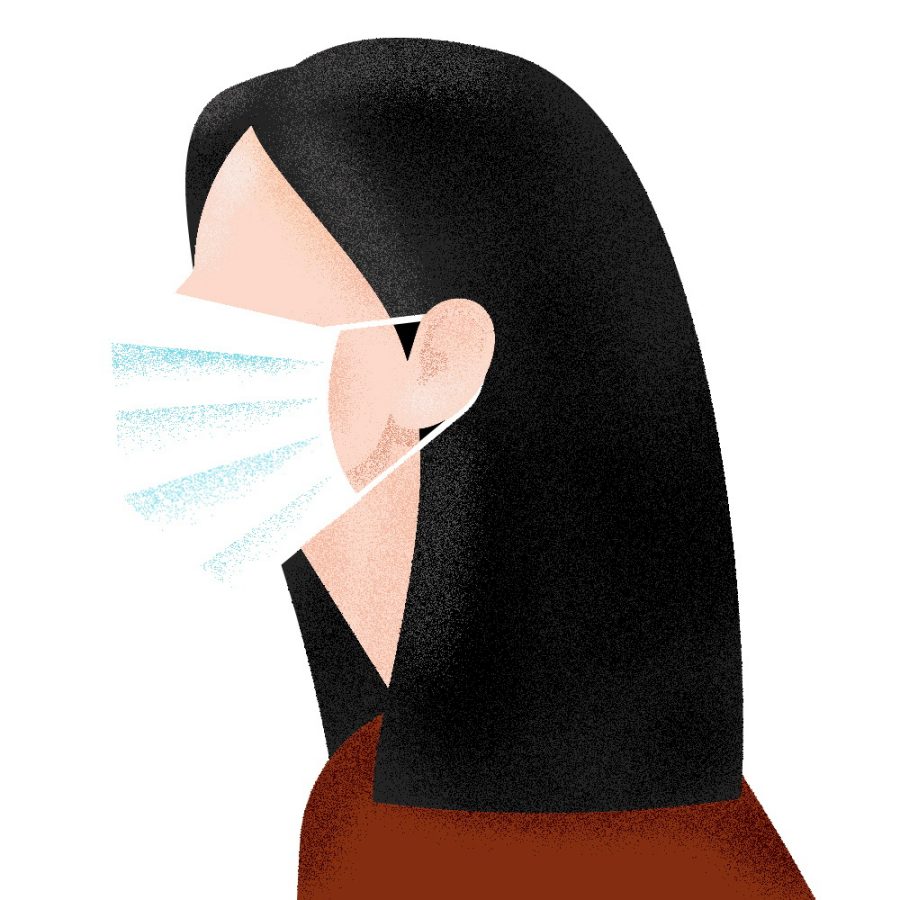
Can I feel confident if I am sitting next to other passengers?
Understandably, one of the biggest concerns for air travel is sitting next to a fellow passenger you don’t know. ‘The International Air Transport Association (IATA) advises that independent research has found that there is still little confirmed evidence of onboard COVID-19 transmission between passengers to date, and the risk is counted as low,’ says Haughton. The cabin environment already makes the transmission of viruses difficult as there is limited face-to-face interaction with fellow passengers due to seats and passengers facing forwards, and with seatbacks acting as a solid barrier. Research also suggests that the airflow exchange rates and direction are less conducive to droplet spread.
Cathay Pacific is doing everything to minimise this risk, which includes screening all passengers before boarding, instigating best hygiene practices onboard by requiring all passengers and crew to wear face masks, regularly sanitising surfaces, and distributing customer care kits equipped with antibacterial wipes and extra masks.
Physical distancing is further enhanced by blocking seats between passengers wherever possible.
Should I wear a mask?
Yes. All passengers on Cathay Pacific flights must wear a mask for the duration of their journey, other than when they eat or drink. ‘In line with recommendations from IATA, WHO and other health advisory bodies, face masks are effective at reducing droplet spread,’ explains Haughton.
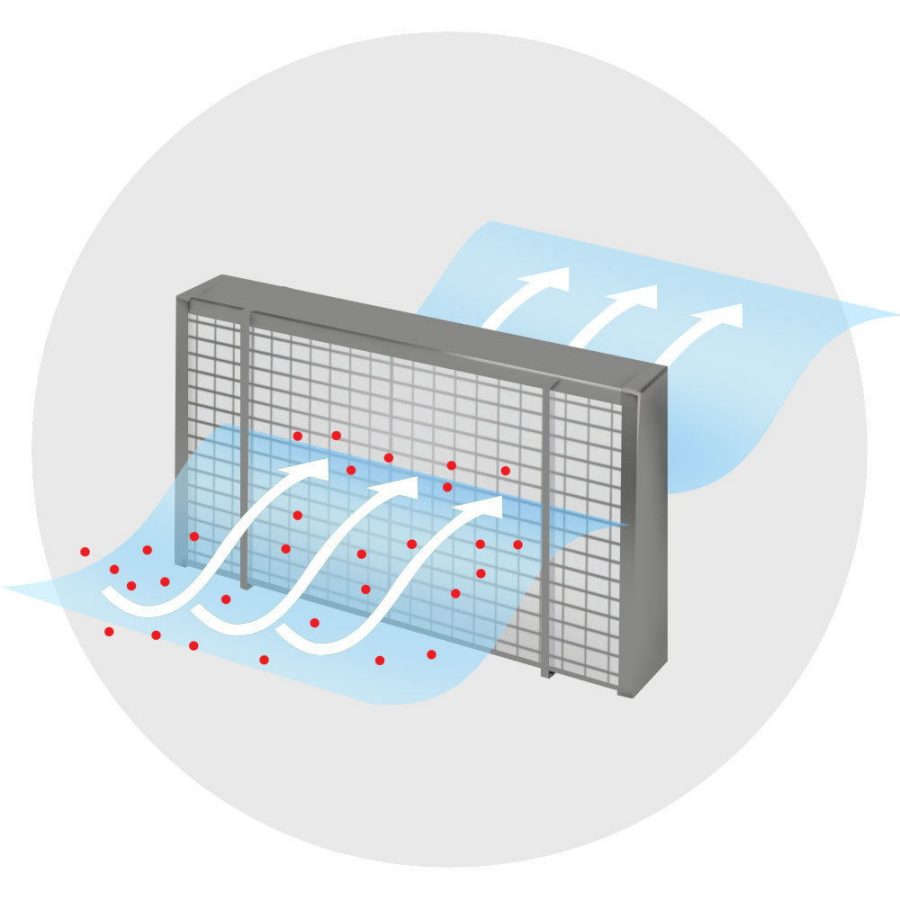
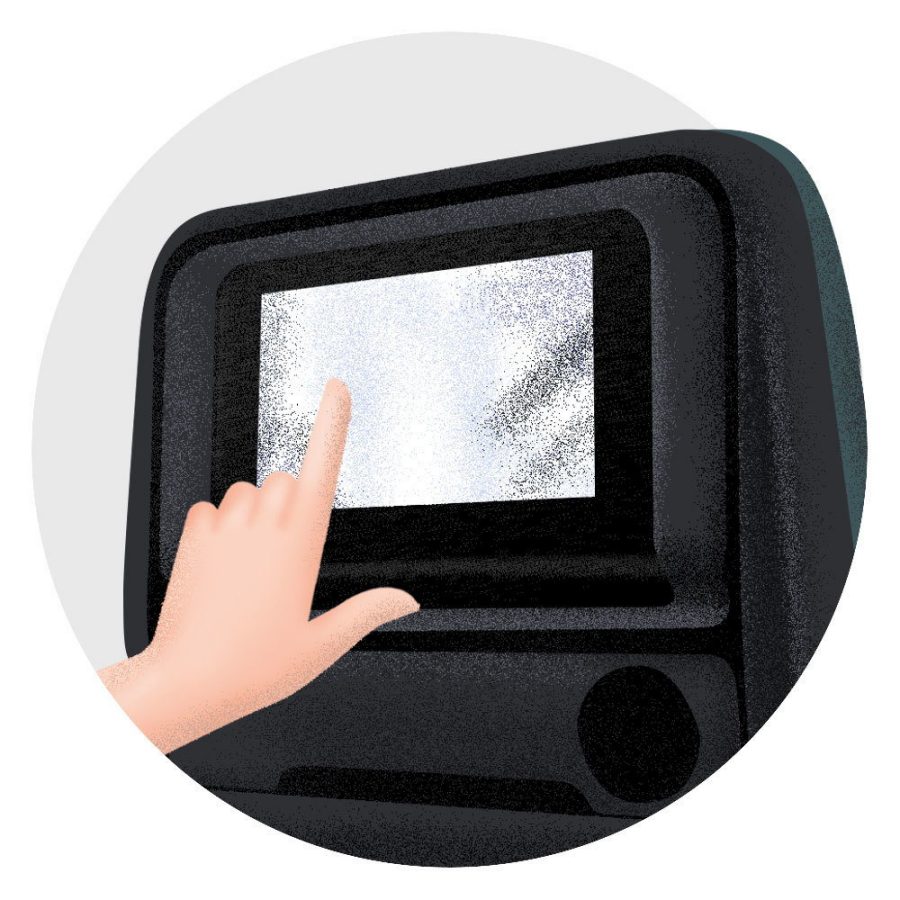
Is cabin air OK to breathe?
Yes. ‘All our aircraft cabins are installed with HEPA filters, which remove 99.999 per cent of airborne microbes and contaminants,’ says Haughton. ‘The air is recycled every two minutes – and mixed with 50 per cent outside air, meaning it is sterile and safe to breathe.’
Can I touch my seat/TV screen/armrest?
Yes. ‘On Cathay Pacific flights, every surface in your personal seating area – from screens, to headrests, to air conditioning controls – is thoroughly cleaned and disinfected between flights,’ says Haughton. The same cleaning procedure also applies to public spaces, from the galley to the toilets.
Customer care kits containing antibacterial wipes can also be used by passengers for peace of mind if they would like to clean their hands or personally sanitise their seating area.
In a case where there has been a confirmed COVID-19 patient onboard, a further set of special cleaning procedures are enacted to eliminate the virus from the aircraft before new passengers board.
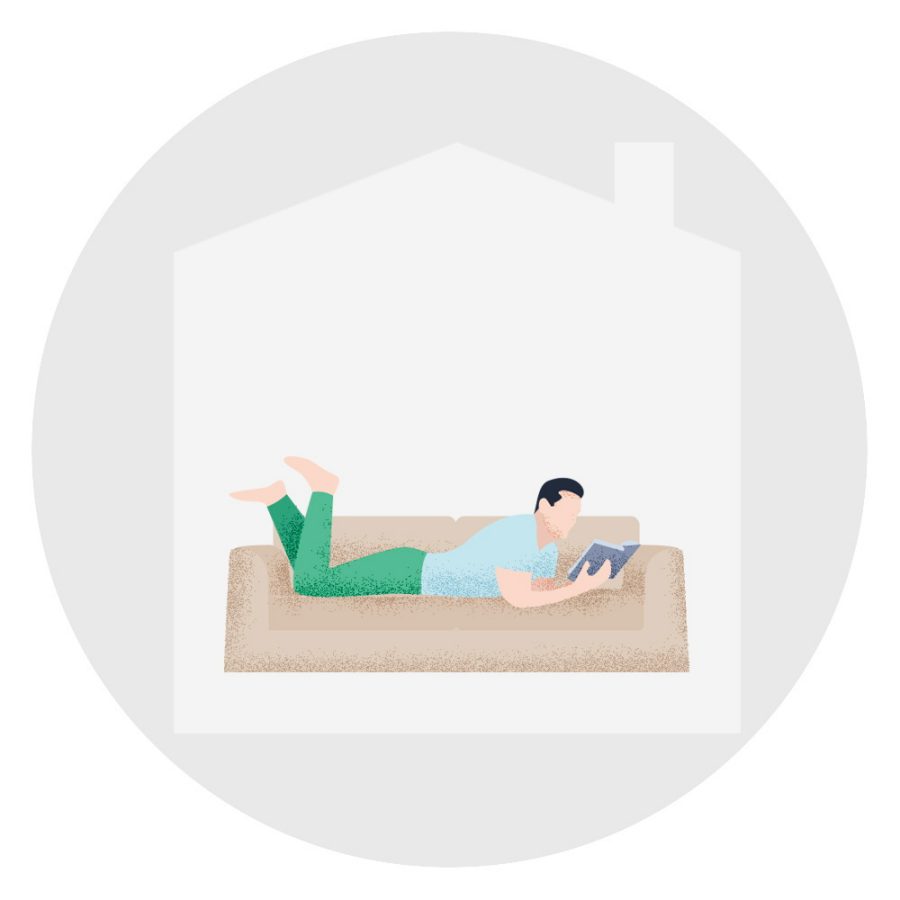
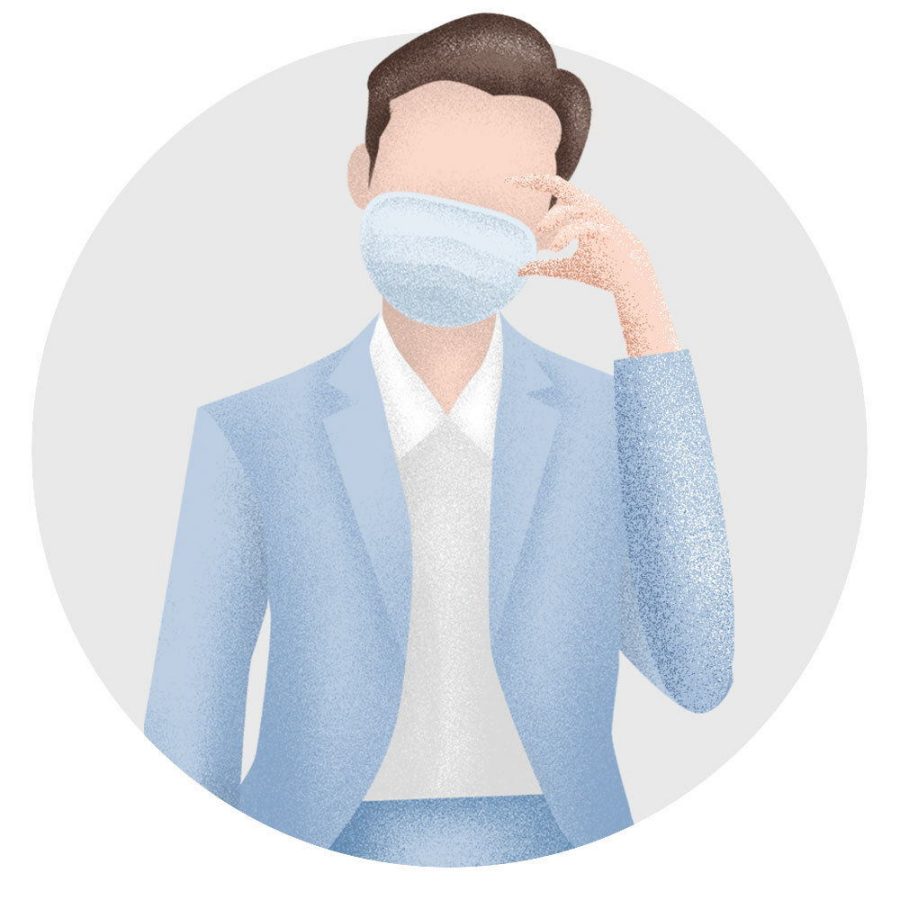
What happens if I feel ill onboard?
‘If you begin to experience symptoms of COVID-19 or another illness while onboard, it’s important to immediately alert one of our cabin crew so they can assist you,’ Haughton says. ‘Additionally, you should continue to follow best practices for hygiene – wear a mask, wash your hands regularly with soap, maintain physical distancing, use hand sanitiser and avoid touching your face. You will also have to report your symptoms to the health authorities when you disembark.’
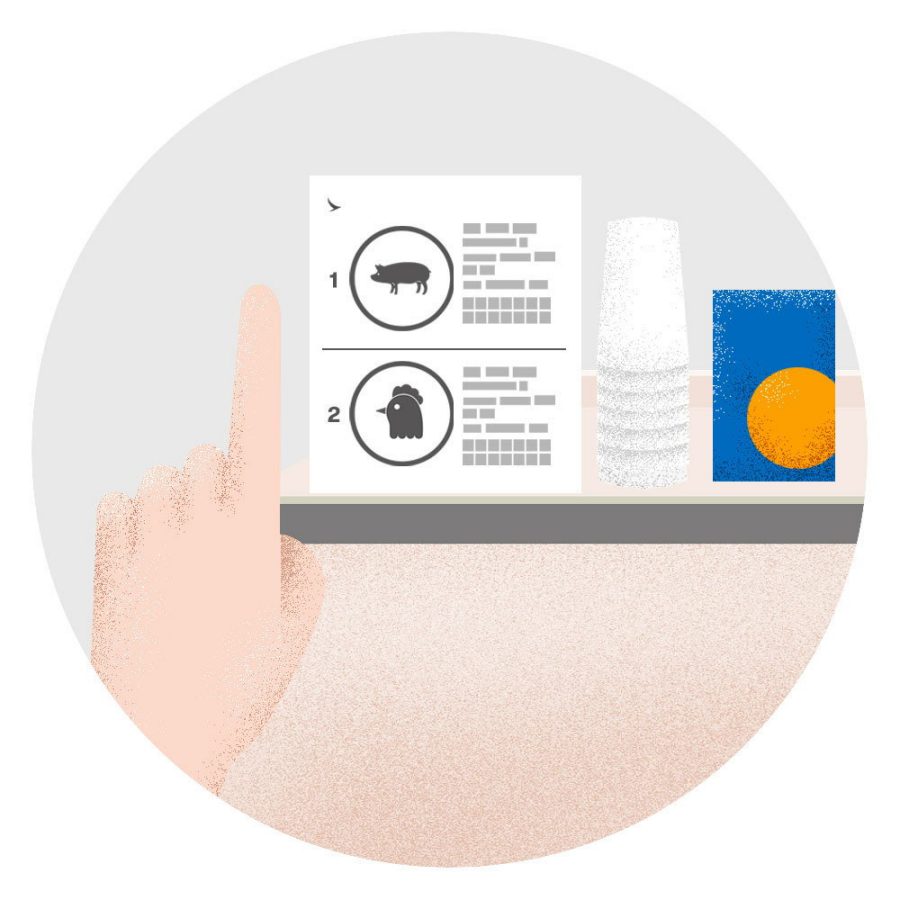
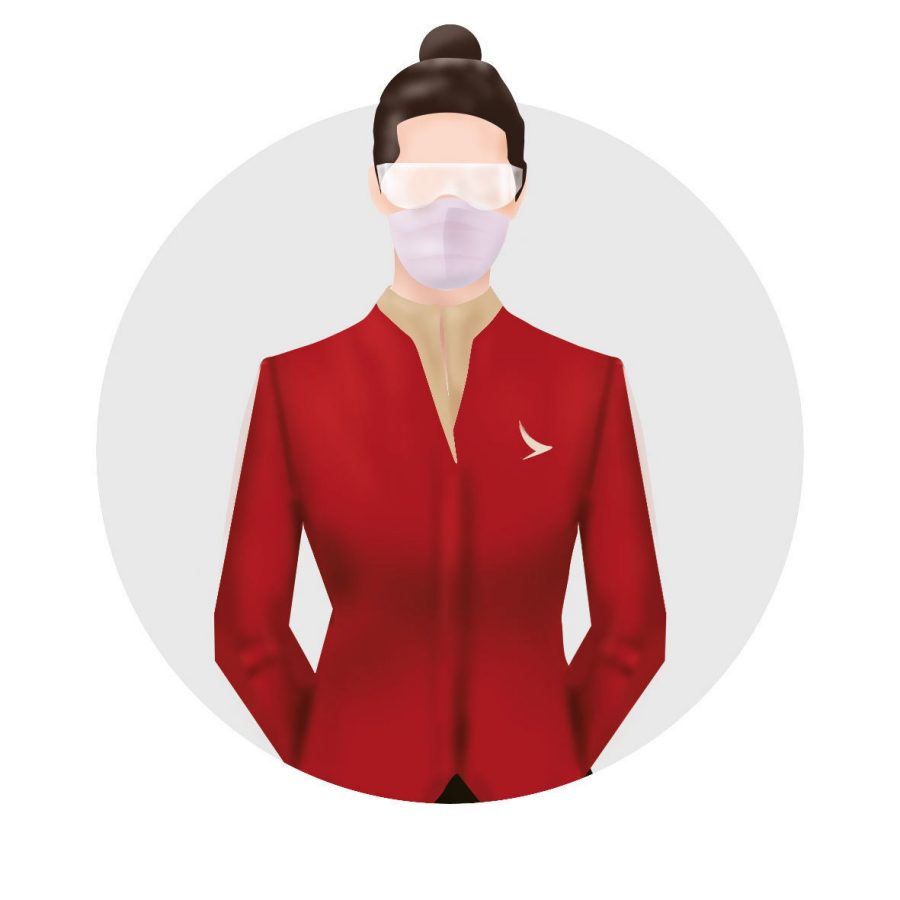
Can I eat the food served onboard?
Yes. Airline catering services were already subject to high standards of food preparation, and Cathay Pacific has since added additional layers of scrutiny – including more Personal Protective Equipment, extra temperature checks and increased cleaning. Meanwhile, meal services onboard have also been simplified to minimise interaction with cabin crew.
Can I talk to cabin crew with confidence?
Yes. All Cathay Pacific staff in Hong Kong, from check-in to the lounges to the cabin, will be wearing masks at all times and have been trained in health and safety procedures.
‘Onboard flights, crew have additionally been provided with gloves and eye protection,’ explains Haughton. ‘Strict protocols have been put in place for staff layovers, with all cabin crew sequestered to their hotel rooms and barred from contact with the local population.’
If I’m not able to fly, how can I change or cancel my flight?
In response to COVID-19 disruptions we’ve introduced a number of measures to help you stay flexible with your travel plans. If you purchased tickets with Cathay Pacific directly, you can change, cancel or request a refund via Manage Booking. If you purchased your ticket through a travel agent or a third-party website, you must go back to that source to process any changes. And for redemption tickets, contact Cathay. Please check your fare conditions for specific terms and conditions.
Do you still have a question? Try reading these COVID-19 FAQs.
Hero image: Bay Leung
Related stories
- China – the Chinese Mainland, Hong Kong SAR, Macao SAR and Taiwan Region
- Hong Kong SAR - English
- Chinese Mainland (China) - English
- Taiwan, China - English
- 香港特別行政區 - 繁體中文
- 中国內地 - 简体中文
- 中國台灣 - 繁體中文
- Africa
- South Africa - English
- Asia
- Bangladesh - English
- Korea - English
- Singapore - English
- Cambodia - English
- 한국 - 한국어
- Sri Lanka - English
- India - English
- Malaysia - English
- Thailand - English
- Indonesia - English
- Maldives - English
- ประเทศไทย - ภาษาไทย
- Indonesia - Bahasa Indonesia
- Myanmar - English
- Vietnam - English
- Japan - English
- Nepal - English
- Việt Nam - tiếng Việt
- 日本 - 日本語
- Philippines - English
- Australasia
- Australia - English
- New Zealand - English